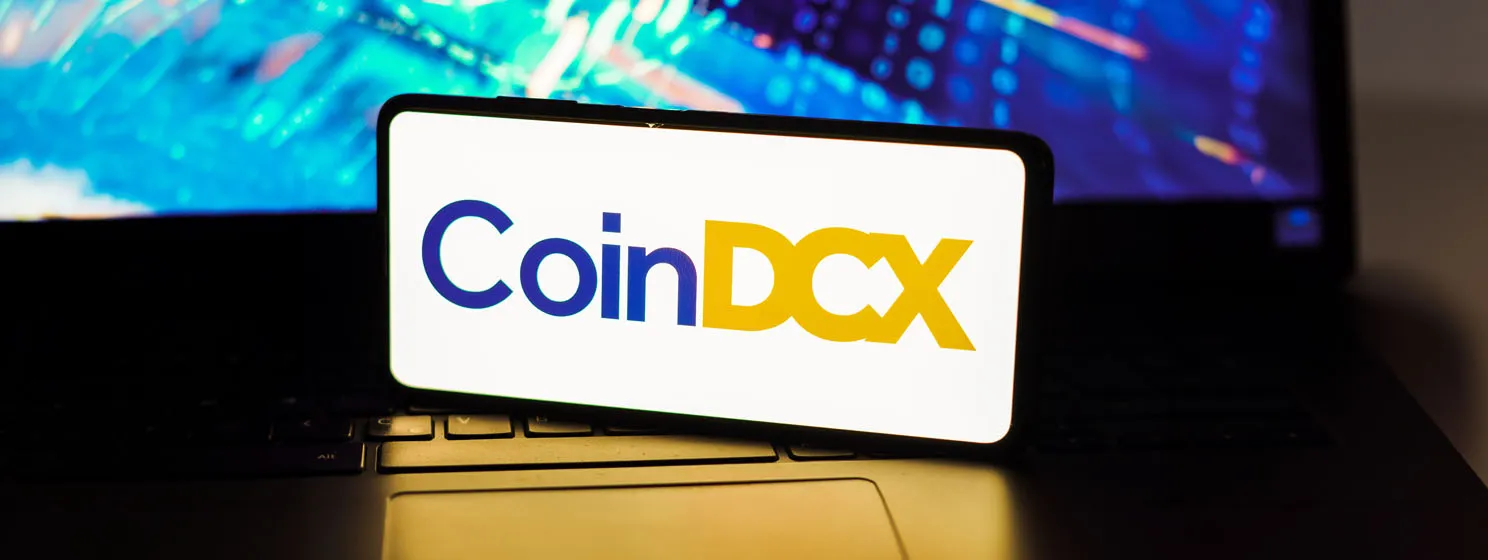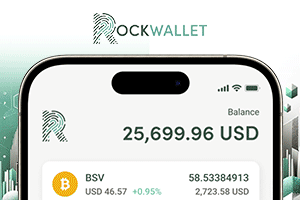|
Getting your Trinity Audio player ready...
|
Last week’s guest on the CoinGeek Weekly Livestream was YOU. Kurt Wuckert Jr. hosted an AMA on Bitcoin covering mining profitability, the digital gold narrative of what Calvin Ayre is up to, and whether he’s bullish or bearish about the future of BSV.
Is GorillaPool still supporting ElectrumSV using a recovery seed phrase?
Yes, it’s still working, Wuckert confirms. GorillaPool is currently in flux and moving things around, recently bringing a new sysadmin on board. If the support for ElectrumSV changes, they’ll give everyone three months’ notice. In the meantime, Wuckert will try to convince Root, the sysadmin, to come on the show.
What’s happening with the Binance court case in the USA?
It’s a class-action lawsuit, and Wuckert is an advisor to some parties, so he can’t talk about anything that isn’t known publicly. A recent public update claimed the damages claim may be excessive. The premise of the case is that U.K. BSV holders were unjustly put in a position by predatory delistings.
Is Calvin Ayre still backing BSV or not?
While Wuckert is not inside Ayre’s inner circle, he has seen no indication that he has abandoned BSV. As well as being a key investor in many pivotal companies in the ecosystem, he’s still extremely enthusiastic about Bitcoin in conversation. There’s no indication he’s going anywhere.
Will USDC be here when the end times come?
USDC, like all stablecoins, involves trust. Circle is owned by Coinbase (NASDAQ: COIN), Goldman Sachs (NASDAQ: GS), and other firms, none of which are impenetrable. For example, Coinbase recently outsourced customer service to a third-world country, and some of the agents sold customer information, possibly including identity documents.
Ultimately, fiat tokens are just one layer above fiat currency itself. USDC will probably be around for a long time, but there’s always a risk that it could vanish. “Hedge your bets with stablecoins,” Wuckert advises.
Are BTC advocates realizing the ‘digital gold’ narrative is failing?
Perhaps for some, Wuckert replies. Those who got into BTC in 2012 and got out in 2017 made 1,500x their money —an astronomical return.
People like Michael Saylor, who got in later, need the entire market cap of gold to move into BTC for a 10x return. Since Saylor is already in his sixties, the chances of him making 10x his money before he retires are slim to none: no money movement across asset classes has ever happened on this scale.On the other hand, BSV is only $35. While Wuckert isn’t advising anyone to buy it or any other digital asset, making a 10x return on BSV would be much easier than on BTC. There are many other 10x opportunities, including building businesses with real utility, which Wuckert favors and has been doing in the industry.
When BTC crashes, where will the hash power go?
BTC isn’t profitable to mine, and most miners are making money from carbon credits, curtailment agreements, and other financial games.
As a result, the price of BTC has been driven absurdly high, and if it dropped 90%, many miners would be in trouble and have to switch off their mining rigs.
Their next pivot is to sell computing power to AI companies. This may actually be useful, but it shows that the BTC mining economy isn’t as lucrative as it would be if the fundamental economics of Bitcoin had been respected.
What is Wuckert bullish about with BSV?
While BSV isn’t in the industry spotlight, Wuckert has noticed a shift in interest from serious developers and others. The recent BSV Hackathon in Austin drew many people from outside the ecosystem, and many of them were impressed by the tooling and technical capabilities.
“We’re just one killer app away from changing the world,” Wuckert reminds us.
To hear more about GorillaPool’s plans, the Coinbase x402 standard, and how the MNEE stablecoin is changing the game for BSV, listen to the livestream via this link.
Watch: What is blockchain-powered gold and can you buy coffee with it?

 07-31-2025
07-31-2025 





